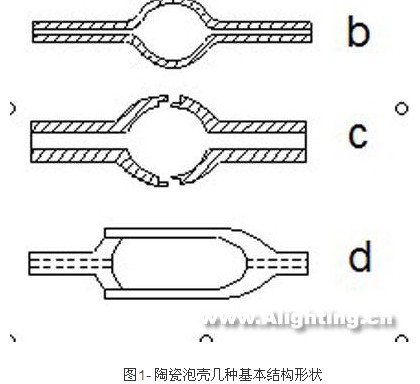Ceramic metal halide lamp
Yang Zhengming, He Wenxin, Zhang Yusheng, Gao Guangyi
Guangdong Xuelaite Optoelectronics Technology Co., Ltd.
I. Overview
It is no accident that ceramic metal halide lamps are highly valued by the lighting industry. After more than ten years of practice, their high performance, such as high light efficiency, high color rendering and long life, have been recognized. Although even the most famous brands in the commercial ceramic metal halide lamps appear to be flawless, this does not obscure its advantages. In recent years, the application of ceramic metal halide lamps is being developed and popularized in various fields. Corresponding various lamp-type structures that are compatible with special functions are being continuously developed. No matter in production or application, there will be a big breakthrough in China in the near future.
The development and application of ceramic metal halide lamps started late in China. One is because this is a high-tech monopoly product, the output is not much, and the price is very expensive. People often dare not care. Due to the high technical requirements of such lamps, complicated and expensive equipment, and huge investment, many investors are discouraged. These factors have delayed the development of ceramic metal halide lamps in China.
In recent years, ceramic metal halide lamps have been gradually popularized in Europe and the United States, and the application of China has begun to expand. Many technicians and entrepreneurs in the lighting industry have focused their attention on this product. However, since this is indeed a technically difficult product, there is a big gap between China's current technology and equipment level, and there is not much understanding of raw and auxiliary materials and processes. Some pioneers often only use high-pressure sodium lamp equipment and materials. And technology to manufacture ceramic metal halide lamps, so the performance parameters and life of their products are difficult to reach the required level.
In fact, not only Chinese companies, but also some of the most famous large multinational companies still have many problems and even serious quality problems, which shows that their quality and technology are not easy to control.
Second, ceramic metal halide lamp
The ceramic metal halide lamp is an arc tube shell made of polycrystalline alumina ceramic. This ceramic is a translucent material. In fact, its light transmittance is as high as 96 to 98%, exceeding that of glass and quartz, but the linear transmittance is not More than 30%, so it became translucent. The ceramic material can withstand a temperature higher than 200 ° C higher than quartz, the normal operating temperature can be as high as 1200 ° C after the arc tube is formed, and the thermal conductivity thereof is relatively high, and the temperature distribution of the arc tube itself is relatively uniform, even if the cold end is 900 ° C. As described above, the metal halide charged therein can be sufficiently evaporated, which is why the luminous efficiency and color rendering index of the ceramic metal halide lamp are high and stable. The thermal stability and chemical stability of the ceramic bulb are very high, and there is no chemical reaction with the material filled in the arc tube, and there is no problem of sodium leakage. Therefore, the lamp has stable performance, small light decay and long service life.

After 20 years of research and development and improvement, the basic structure of the lamp has been shaped. Although the structure of the patent is also slightly different, it is basically a large arc tube body and a sleeve with a pair of supporting electrodes symmetrically disposed at the two ends. (figure 1). There are two basic structures in the tube body, namely cylindrical (a) and spherical (ellipsoid or similar spherical) blister (b). The former is a patent of Philips and GE. He uses a five-piece or three-piece assembly structure. The latter is a monolithic spherical structure, and Osram uses a two-piece assembled spherical structure (c) with a joint in the middle, in addition to a plurality of cylindrical two-piece and three-piece assembled arc tubes (d).
The multi-piece assembled arc tube shell is made by the large shrinkage ratio of the outer sleeve during sintering, so that the components are tightly clamped together, and the crystal grains are alternately grown at the interface to form an integral body. However, if the material, the process, and the sintering temperature are slightly offset, the joint may generate gas lines and bubbles. After the lamp is made, it is difficult to withstand the repeated thermal shock during operation, resulting in deflation or explosion. Although the overall structure of the bulb is more complicated to form, it has a better quality guarantee.
